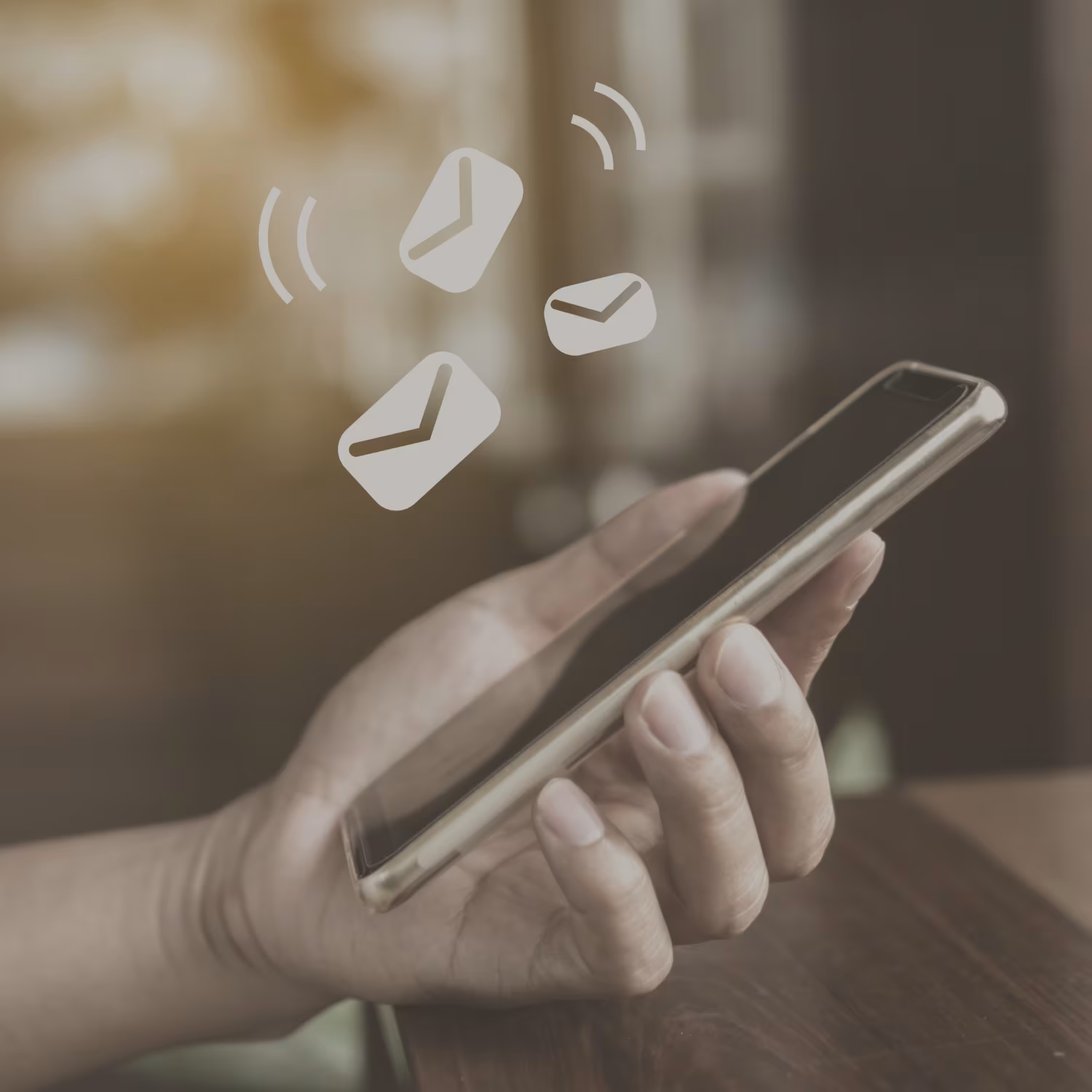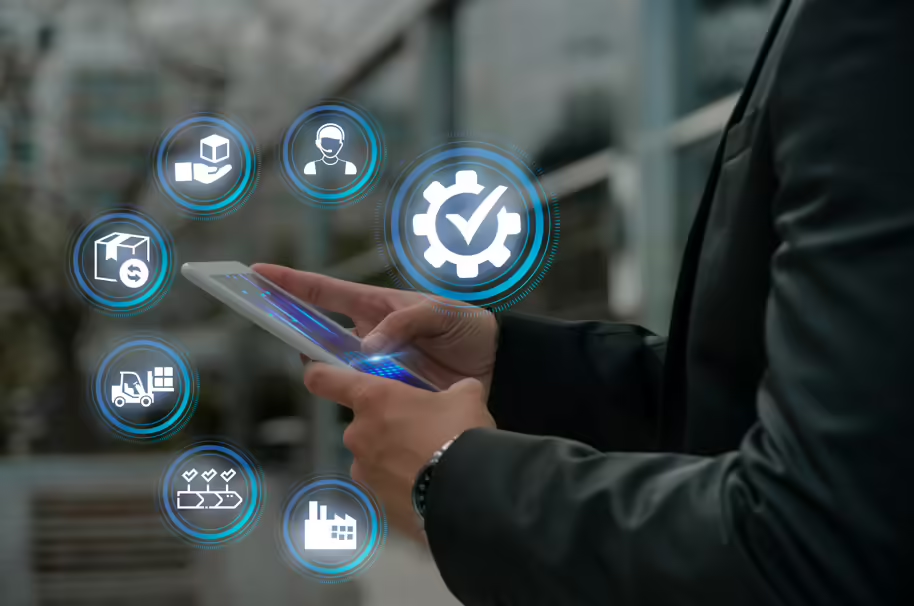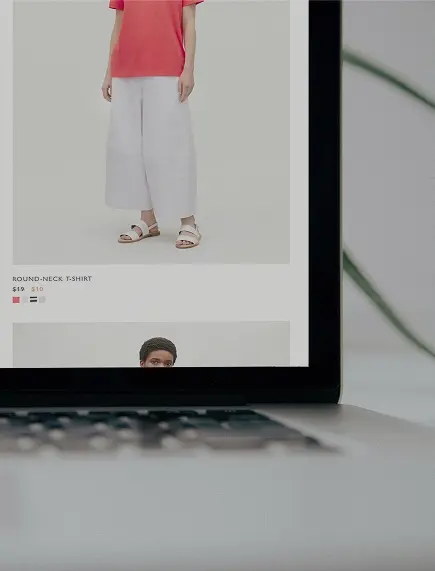Omnichannel Communication: Create a Seamless Journey


Introduction
Imagine this common scenario: a customer receives an email from your brand showcasing a new product they find intriguing. They click the link, browse on your website, and add the item to their shopping cart. But before they can complete the purchase, life intervenes—a phone call, a notification, a momentary distraction. They close the browser tab, and the journey ends there. The interest was genuine, the intent was real, but the connection was broken. In a typical multichannel setup, this is where the story ends. But what if it didn’t have to? What if you could continue that conversation seamlessly on another channel? This is the fundamental promise of a true omnichannel communication strategy.
It’s crucial to understand the distinction between omnichannel and its less effective cousin, multichannel. A multichannel strategy simply means you use more than one channel to talk to your customers. You have an email list, you send push notifications, you post on social media. However, in most cases, these channels operate in complete isolation. They are siloed, unaware of each other, and unable to share information. An omnichannel strategy, on the other hand, integrates these channels into one cohesive and continuous customer conversation. It’s a customer-centric approach where the context of an interaction on one channel is carried over to the next, creating a single, uninterrupted journey. Adopting an omnichannel approach focused on your digital touchpoints is no longer a forward-thinking luxury; in a world of fragmented attention spans, it has become an absolute necessity for guiding customers from initial interest to lasting loyalty.
Benefit 1: Create a Frictionless Customer Journey
The single greatest advantage of an omnichannel strategy is the dramatic reduction in customer friction. Friction is anything that makes interacting with your brand difficult, confusing, or frustrating. Asking a customer to repeat information, showing them irrelevant offers, or failing to recognize their previous interactions are all significant points of friction. An integrated omnichannel approach is designed specifically to eliminate these issues by ensuring consistency and context at every touchpoint. The customer doesn’t see channels; they just see one brand. Your goal is to make their experience feel like a single, continuous dialogue, no matter how they choose to interact with you.
Consider the practical application. A customer uses your mobile app to browse for and “favorite” a few items. Later that day, they are working on their laptop and visit your website. Instead of being treated like a stranger, the website experience is personalized based on their app activity. A “Recently Favorited Items” section is prominently displayed, allowing them to pick up right where they left off. If they still don’t purchase, a web push notification could be triggered the next day, reminding them of a specific item they showed high intent for. This journey is seamless, intelligent, and, most importantly, incredibly easy for the customer. It respects their time and their previous actions, building a sense of confidence and reliability in your brand. This frictionless experience directly translates to higher conversion rates and much greater customer satisfaction, as you are actively making it easier for them to do business with you.

Benefit 2: Boost Engagement with Channel Orchestration
Being truly omnichannel is not just about being present on all channels; it’s about using the right channel for the right message at the right time. This strategic approach is known as channel orchestration, and it’s what separates a sophisticated communication strategy from a simple content blast. Bombarding your customers with the same message on every channel simultaneously is a fast track to “notification fatigue” and uninstalls. A well-orchestrated strategy, however, feels thoughtful and personalized. It uses each channel’s unique strengths to deliver a message in the most effective and appropriate way, guiding the customer through their journey rather than shouting at them.
Let’s map out what an orchestrated welcome journey for a new app user could look like. Immediately after they sign up, they receive a beautifully designed welcome email that confirms their registration and highlights the key benefits of being a user. The next time they open the app, a series of in-app messages automatically triggers, guiding them through the three most important features to get them started. This ensures they reach their “aha!” moment quickly. Twenty-four hours later, a push notification is sent with a helpful tip or a special “first-time user” offer to encourage deeper engagement. If they still haven’t made a purchase after three days, a follow-up SMS with a high-value, time-sensitive coupon could be the final nudge they need. Each step in this journey is logical, value-driven, and uses the best channel for that specific type of communication. This intelligent sequencing respects the user’s attention and dramatically increases the likelihood of converting them into an active, long-term customer.
Benefit 3: Gain a 360-Degree View of Your Customer
One of the most significant, yet often overlooked, benefits of an integrated omnichannel platform is the incredible wealth of data it provides. When your communication channels operate in silos, so does your data. Your email marketing platform knows who opens your emails, and your push notification provider knows who clicks on your alerts, but neither system has a complete picture of the customer’s behavior. You might be making decisions based on an incomplete and fragmented understanding of your audience, leading to missed opportunities and wasted effort. You might not realize that the customers who ignore your emails are highly responsive to push notifications, or vice-versa.
An omnichannel communication hub solves this problem by centralizing data from every single touchpoint into a unified customer profile. This gives you a true 360-degree view of how, when, and where your customers prefer to interact with your brand. You can analyze the entire cross-channel journey and uncover powerful insights. For example, you might discover that customers who receive both an abandoned cart email and a follow-up web push notification convert at a rate 50% higher than those who only receive the email. This is an actionable insight that allows you to optimize your marketing spend and strategy with confidence. This holistic data is the key to continuous improvement, enabling you to refine your segmentation, personalize your messaging more effectively, and ultimately build a smarter, more responsive communication engine that drives sustainable growth.
Creating a Seamless Journey with indigitall
A powerful omnichannel strategy requires a platform built from the ground up to support it. indigitall is the technological foundation that enables you to deliver the seamless, orchestrated, and data-driven experiences described above. We provide the central hub for all your most important digital conversations.
With indigitall, you can break down the data silos. Our platform centralizes your communications across Web Push, App Push, In-App Messages, SMS, and Email, providing the unified dashboard you need to manage your entire strategy. This integration is the key to creating a single, comprehensive view of your customer’s interactions, allowing you to make smarter, data-backed decisions.
More importantly, indigitall provides the intelligent automation tools required for true channel orchestration. Our visual, user-friendly workflow builder allows you to design and launch sophisticated customer journeys in minutes, not weeks. You can easily set rules and triggers that deliver the right message on the right channel at the perfect time. For instance, you can create a flow where if a customer doesn’t open a promotional email within 24 hours, the system automatically sends them a concise push notification as a follow-up. This ensures your message is delivered effectively without manual intervention. With indigitall, you have the power to stop managing individual channels and start orchestrating complete, frictionless customer experiences.











